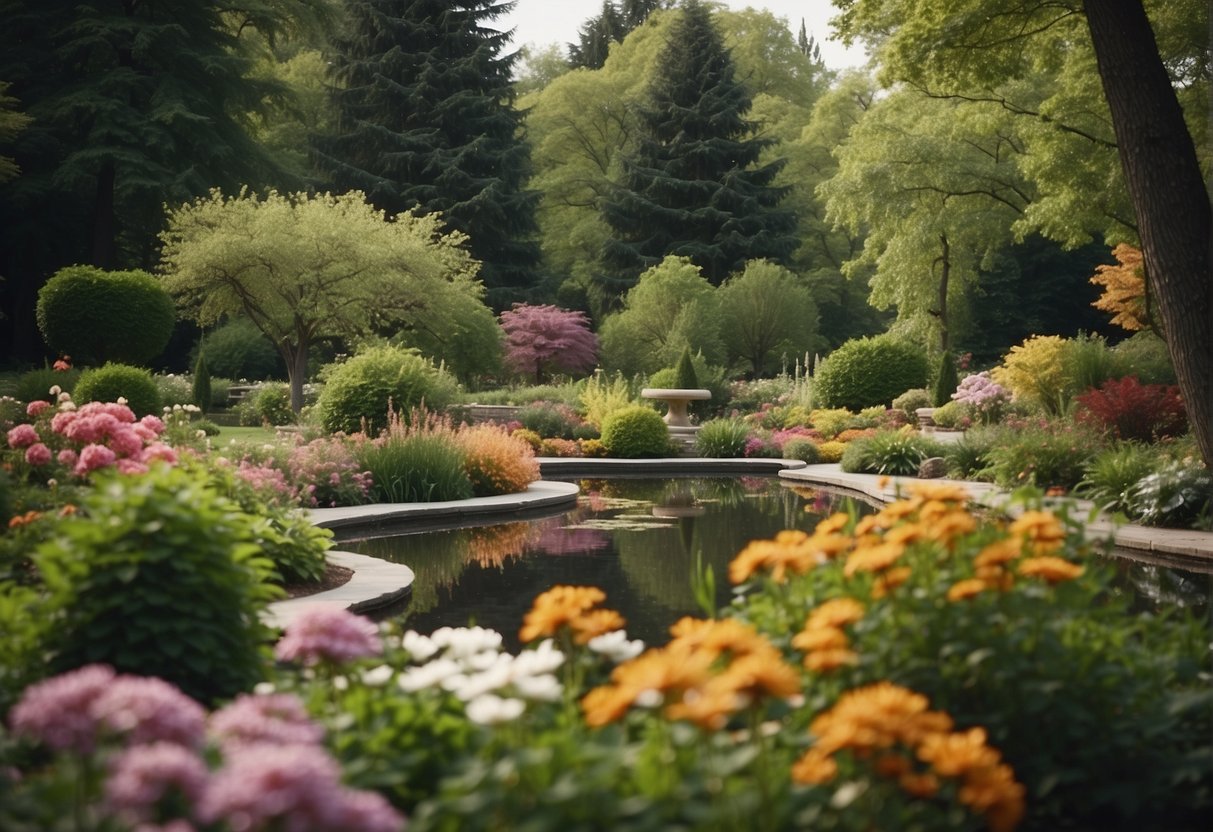
Creating Accessible Healing Spaces
Designing healing gardens demands that they are safe and accessible for everyone. Designers may incorporate elements like raised planters and wide, smooth pathways to accommodate individuals who use wheelchairs or walkers, ensuring that no one is excluded from the gardening experience. Schools and rehabilitation centers have begun installing gardens on-site to facilitate easy access for students and patients alike. For urban dwellers, incorporating garden therapy may take the form of balcony gardens or rooftop green spaces, which can serve as tranquil sanctuaries amid the city bustle.
- Ensuring wide, barrier-free paths
- Utilizing raised planters and ergonomic tools for ease of use
- Integrating sensory plants like lavender and roses for a calming effect
- Therapeutic Horticulture in Practice
In therapeutic horticulture, activities such as planting, weeding, and watering are more than mere gardening tasks; they’re steps in cultivating personal growth and resilience. Healthcare settings like hospitals often establish healing gardens to encourage patients to engage in these activities as part of their rehabilitation. Meanwhile, community gardens provide spaces where locals can come together, strengthening social connections and promoting a culture of care while tending to plants like tomatoes or flourishing herbs.
- Facilitating a range of activities from seeding to harvesting
- Encouraging routine care of plants as a form of mindfulness and relaxation
- Drawing on research in plant sciences to optimize therapeutic outcomes